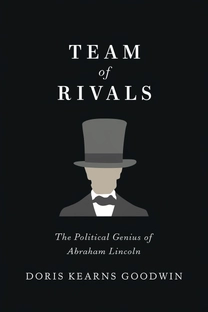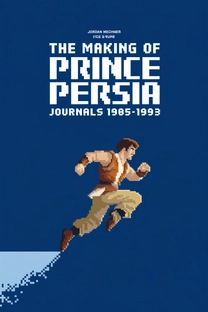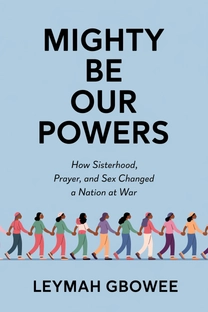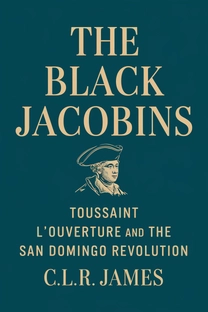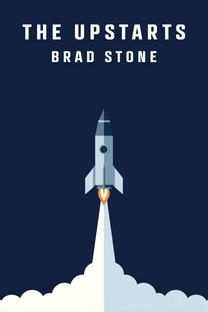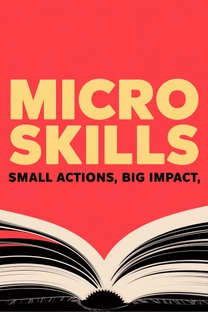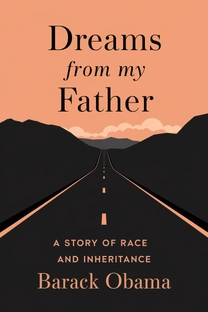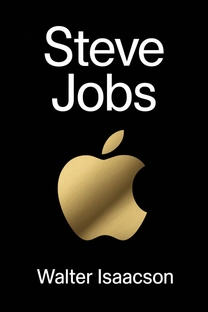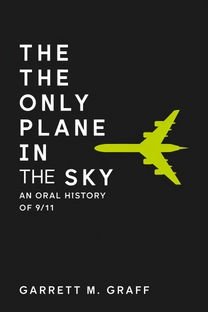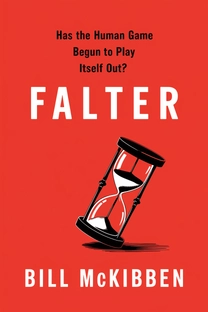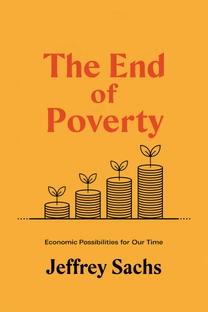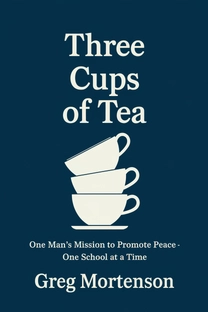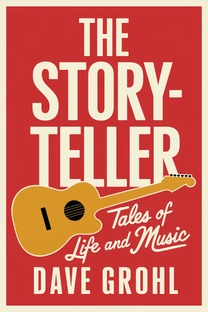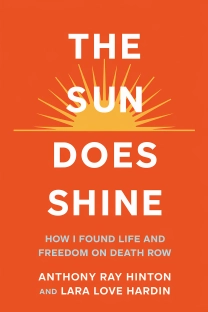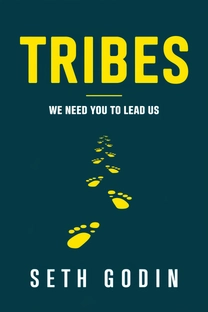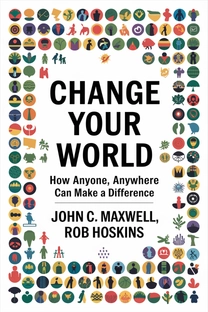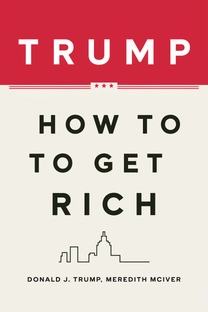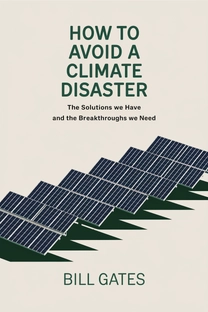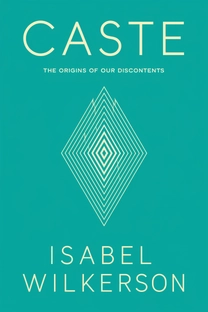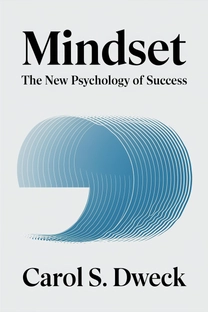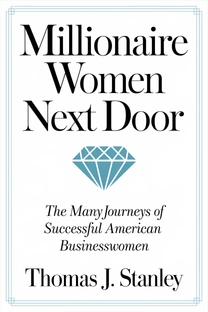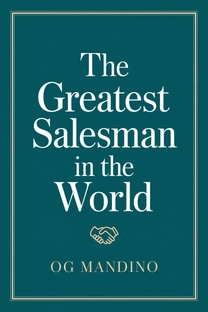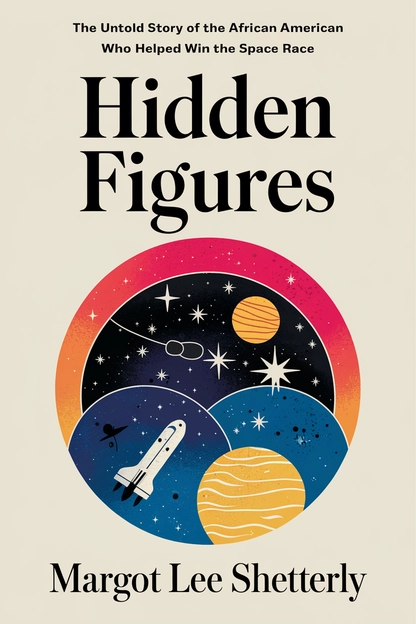
Hidden Figures
The Untold Story of the African American Women Who Helped Win the Space Race
by Margot Lee Shetterly
Brief overview
This book recounts how a group of African American women confronted both racial prejudice and overarching skepticism about a woman’s place in science, ultimately becoming indispensable in America’s quest to conquer the skies and space. Through the stories of figures like Dorothy Vaughan, Mary Jackson, and Katherine Johnson, readers witness their strong will, collaboration, and desire to redefine possibilities, from simply supporting aeronautical research to calculating flight paths for epic space missions.
Introduction
Imagine living in a segregated South yet reporting to work every day at a high-stakes government lab, crunching equations that would usher humanity closer to flight breakthroughs. That was the reality for Black female mathematicians at the Langley Memorial Aeronautical Laboratory.
They were initially hired as “computers” during World War II, a time when the U.S. needed all hands on deck. Their meticulous calculations guided pilots and planes, ensuring America could compete in the global arms race. Simultaneously, they fought personal battles against the entrenched racism and sexism of the era.
This summary will sketch their journey: how they overcame discriminatory laws, dealt with being overlooked, and eventually claimed positions as vital contributors to supersonic flight research and NASA’s space missions. Their stories remind us of the towering potential hidden behind humble titles.
Seeds of Opportunity
During World War II, industrial America clamored for talented minds. Langley’s laboratories, under the National Advisory Committee for Aeronautics (NACA), found itself needing more people to process mountains of flight data. Amid urgent recruitment drives, African American female mathematicians were finally given a chance.
Women like Dorothy Vaughan arrived expecting a temporary wartime job, only to uncover a lifelong vocation in advanced aeronautical research. Despite the segregated bathrooms and lunchrooms, they relished the thrill of working alongside expert engineers in pursuit of the next aerodynamic breakthrough.
Some thrived on the back-and-forth of formula-laden discussions, while others expertly operated mechanical calculators through endless stacks of data. Each name added a fresh perspective, proving that the drive for accuracy and excellence transcended all prejudice.
What is Hidden Figures about?
“Hidden Figures” by Margot Lee Shetterly explores the stories of African American women mathematicians whose work at the National Advisory Committee for Aeronautics laid the groundwork for some of America’s greatest aerospace achievements. Despite systemic segregation, Dorothy Vaughan, Mary Jackson, and Katherine Johnson applied advanced calculations, solved critical flight problems, and paved the way for NASA’s most groundbreaking missions. Their determination proved that innovation thrives when talent is embraced, regardless of background.
By highlighting the deep-rooted resilience of these mathematicians, the book adds a crucial chapter to America’s scientific narrative. Packed with firsthand accounts and historical context, it shows how courage and teamwork can transform both an industry and society’s perception of who is allowed to excel. This is a story of perseverance, mentorship, and the relentless push toward unexplored frontiers in flight and space exploration.
Review of Hidden Figures
One of the strongest elements of “Hidden Figures” is its clear portrayal of the unsung heroes propelling U.S. aviation and space endeavors forward. The book reveals how these African American women merged precise mathematics with unwavering resolve, demonstrating that collaboration across different perspectives drives real growth. Shetterly’s style is inviting and meticulously researched, making it a relevant resource for everyday readers and avid space enthusiasts alike. Every chapter encourages practical reflection on how diverse talents can reshape workplaces and communities, ensuring that innovation remains inclusive.
Beyond the compelling historic narrative, “Hidden Figures” offers empowering lessons for modern audiences. By spotlighting how individuals overcame social barriers, the narrative highlights practical ways to recognize and nurture hidden talent. The focus on mentorship, problem-solving, and community underscores its broad appeal. Readers who enjoy learning about NASA, STEM, or civil rights history will find it both insightful and highly inspiring. It comes as a recommended addition to any bookshelf seeking a deeper look at resilience and progress.
Who should read Hidden Figures?
- STEM professionals looking to understand how diverse teams spark innovative solutions
- Educators and students eager for moral and historical perspectives on science achievements
- Civil rights enthusiasts interested in lesser-known stories of African American trailblazers
- General readers who appreciate accounts of perseverance and real-world problem solving
About the author
Book summaries like Hidden Figures
Why readers love Mindleap
10-Minute Book Insights
Get the core ideas from the world's best books in just 10 minutes of reading or listening.
Curated For You
Discover your next favorite book with personalized recommendations based on your interests.
AI Book ExpertNew
Chat with our AI to help find the best book for you and your goals.
Reviews of MindLeap
Love how I can get the key ideas from books in just 15 minutes! Perfect for my busy schedule and helps me decide which books to read in full.
Alex R.
The summaries are incredibly well-written and the audio feature is perfect for my commute. Such a time-saver!
Jessica M.
Great app for personal growth. The insights are clear and actionable, and I love how they capture the essence of each book.
Chris P.
The app is beautifully designed and the summaries are top-notch. Definitely worth every penny!
Sarah K.



